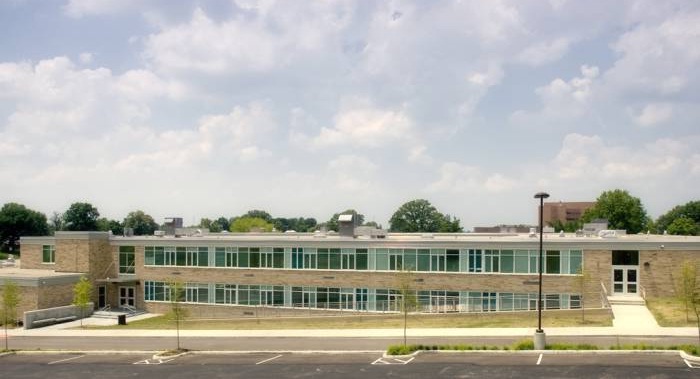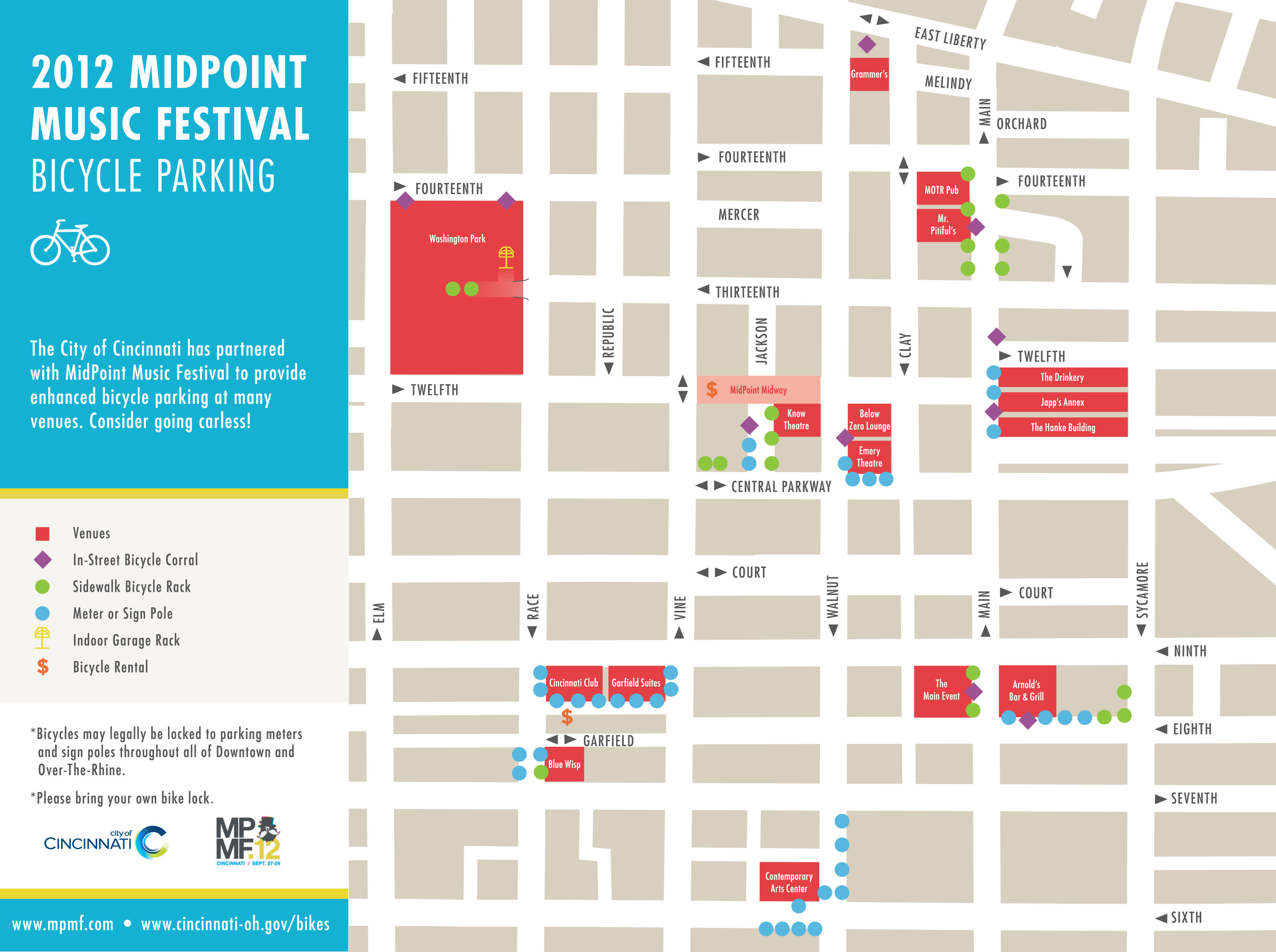This month’s URBANexchange will take place tomorrow evening, and will go down at the Moerlein Lager House along Cincinnati’s central riverfront. This month’s event we hope to informally discuss ways to improve education in our cities.
September was the first URBANexchange to include a focus topic, and at that event attendees discussed their ideas for improving urban mobility. Several ideas were formally submitted for the contest that would profile the winning entry in a feature story on UrbanCincy.com. That winning entry was submitted by Nate Wessel, and will be profiled in-depth soon.

September’s URBANexchange collected ideas about how to improve urban mobility in conjunction with the IGNIS Metropolis & Mobility seminar that was taking place at the University of Cincinnati. Photograph by Randy A. Simes for UrbanCincy.
With schools of all levels now back in session, the UrbanCincy hopes that new ideas can be discussed about the city’s academics. Once again, we will take the winning entry and publish a feature story on it that profile’s the idea and person who submitted it. Those interested can either email their idea to UrbanCincy@gmail.com, or submit an abstract of their idea at the event itself.
October’s URBANexchange will be out on the Moerlein Lager House’s biergarten overlooking the Smale Riverfront Park and historic Roebling Suspension Bridge.
A percentage of the Moerlein Lager House’s revenues go to support the annual operating costs of the new central riverfront park, so we strongly suggest to support our gracious host by coming thirsty (and hungry, of course). With Oktoberfest just ending, now makes for a perfect time to try Christian Moerlein’s Fifth & Vine Oktoberfest Märzen.
Past URBANexchange events have included a range of 20-40 guests over the course of the evening. October’s URBANexchange will take place from 5:30pm to 8pm, and we encourage those interested in attending to come early to ensure that we have enough space. Please, however, feel free to come anytime during the course of the evening.
Parking is available at the Moerlein Lager House underneath The Banks development and Smale Riverfront Park; however, we strongly recommend getting to the event by foot or by bicycle. The Moerlein Lager House is conveniently located adjacent to the Cincinnati Bike Center at 115 Joe Nuxhall Way (map). It is also located along the Cincinnati Streetcar system that is currently under construction.








